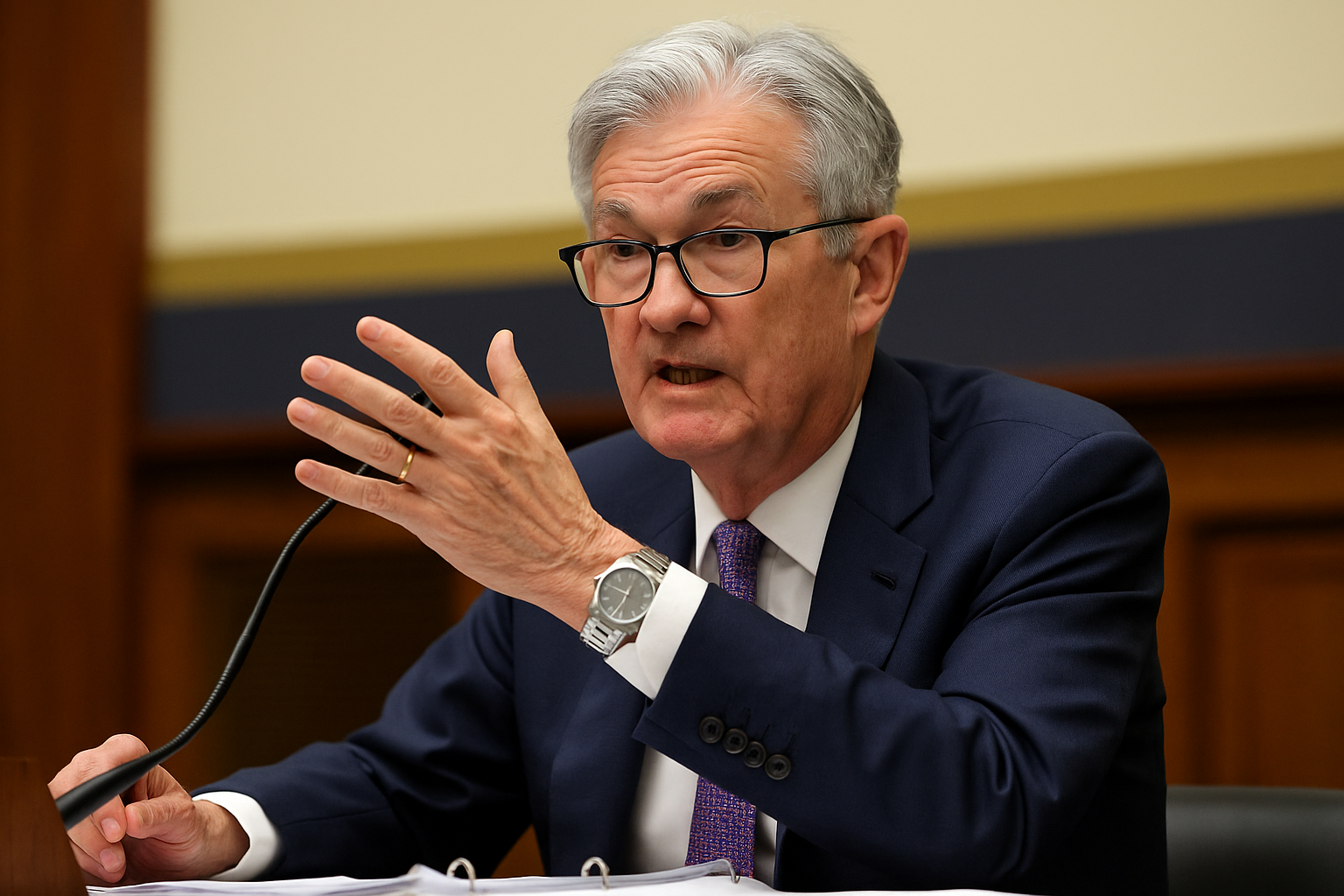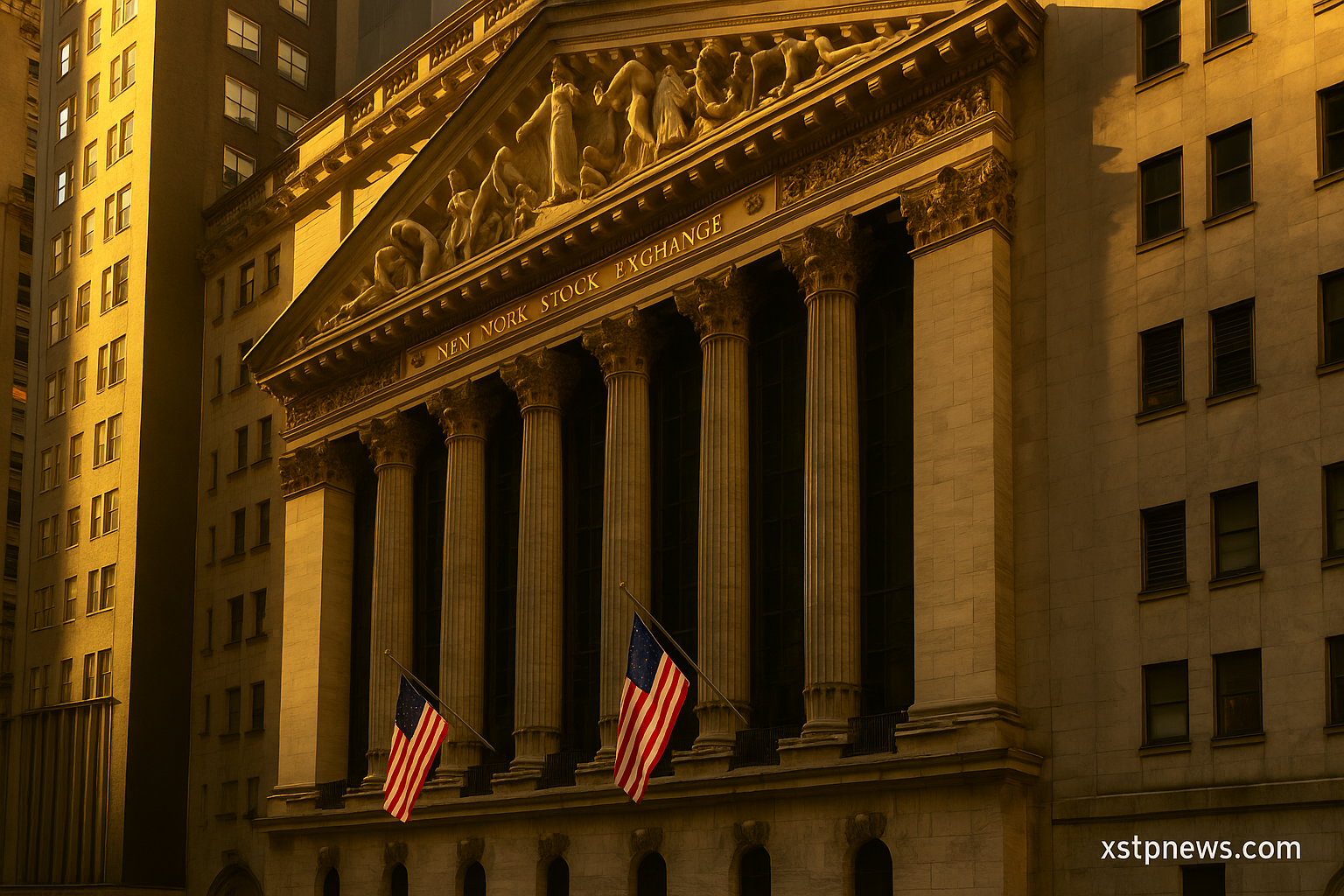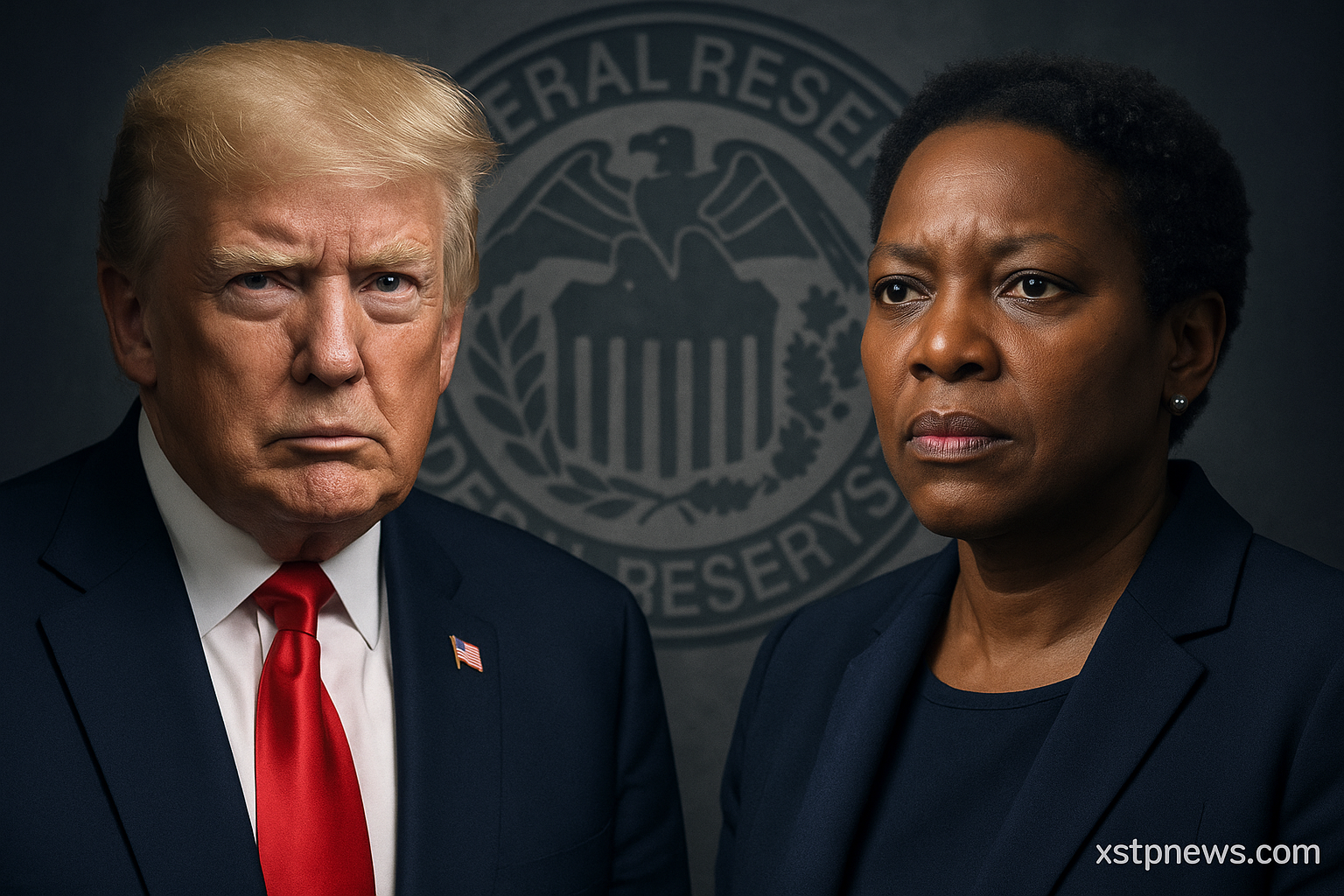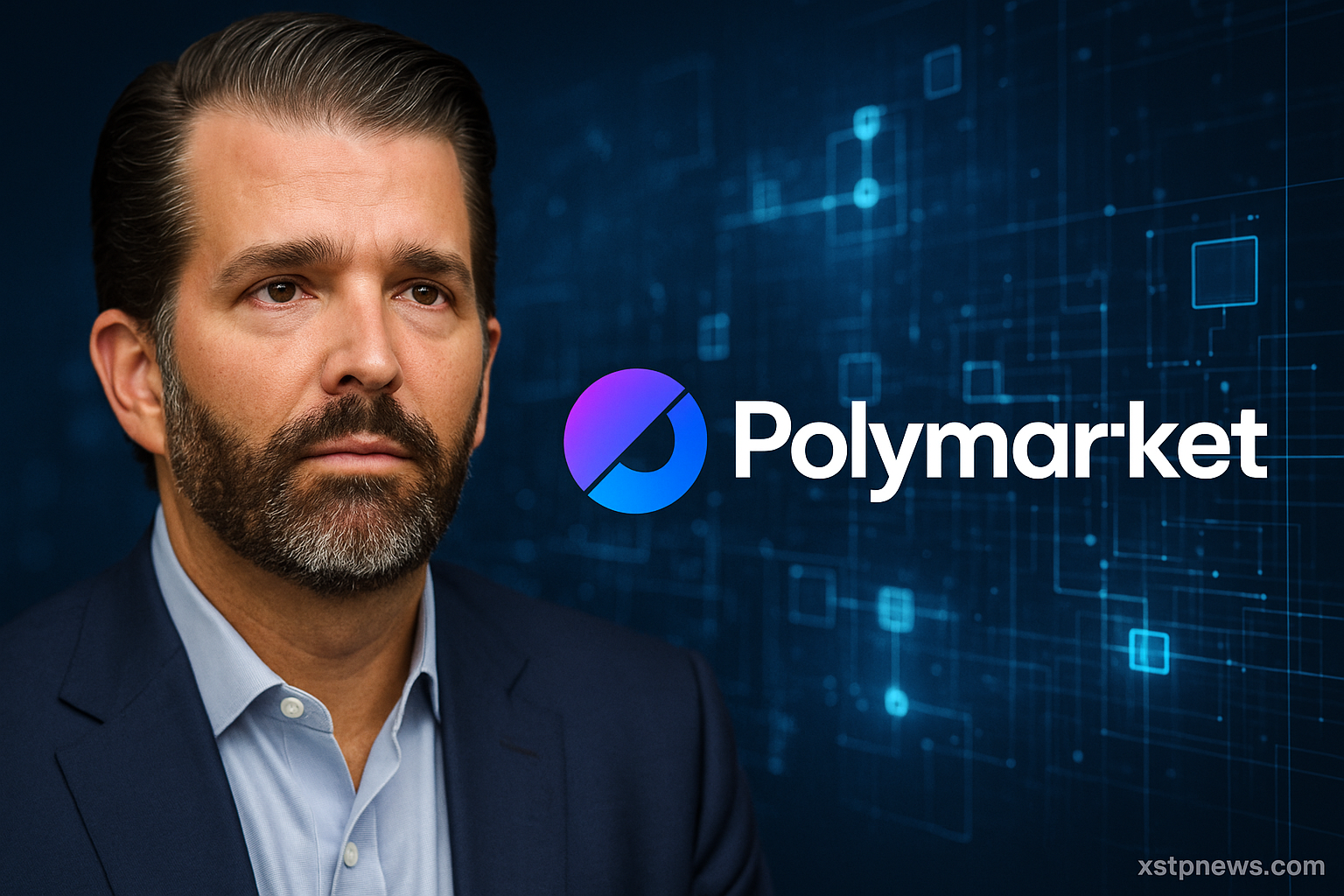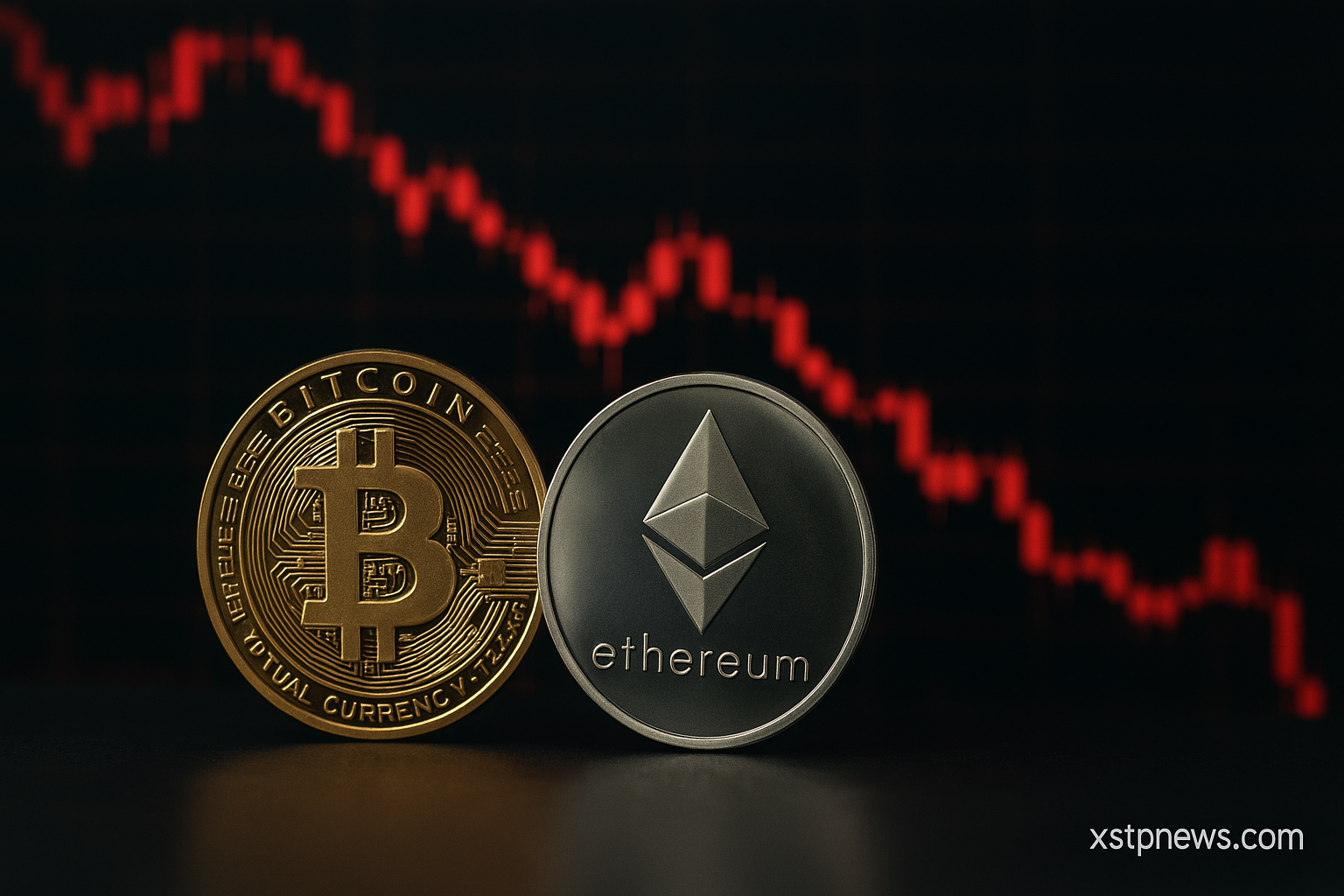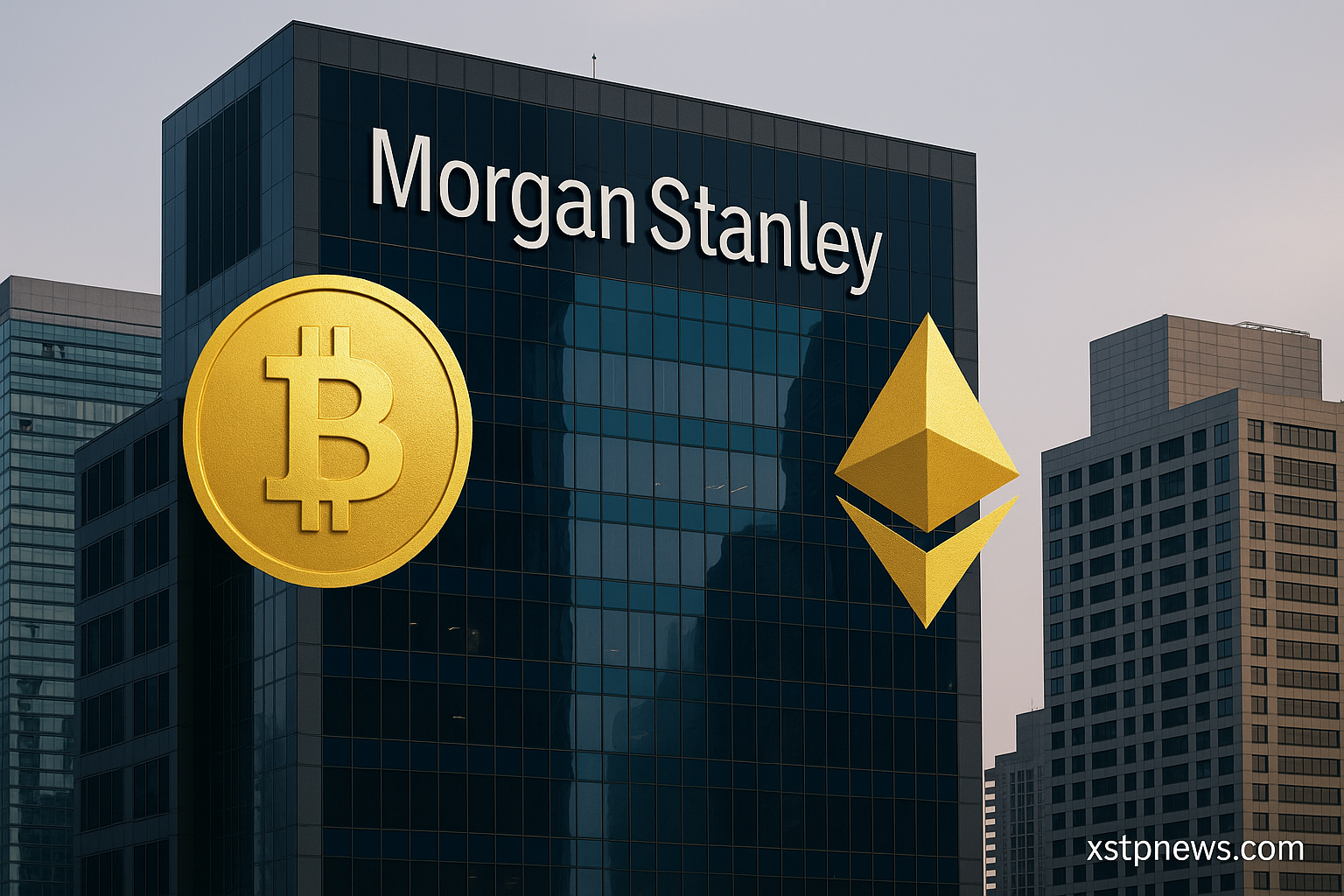The chairman of the Federal Reserve, Jerome Powell, told US lawmakers that building a clear regulatory framework for stablecoins is not only necessary but a positive step for the financial system. His comments came during a hearing before the House Financial Services Committee at the end of June, where he faced tough questions on monetary policy and digital assets.
Powell’s statements were direct. He described stablecoins pegged to the US dollar as financial products that need “strong, transparent oversight” to protect consumers and preserve the dollar’s global role. Yet he was also clear in welcoming the idea of regulation, saying it would encourage responsible innovation instead of stifling it.
The Fed chair emphasized that the United States is already well along the path to building these regulations. Coordination is underway with the Treasury Department, the SEC, and the CFTC, aiming to set standards for reserve requirements, audits, and anti-money laundering controls. Lawmakers on both sides of the aisle have recently advanced draft bills that could become the backbone of the US stablecoin legal structure.
This momentum follows years of fragmented debate. Earlier attempts in Congress stalled over fears of excessive state interference or giving too much room for private issuers without sufficient reserves. Powell’s endorsement now adds heavyweight support, making it harder for critics to argue that regulation would harm the dollar or disrupt banks.
Market reactions were cautiously optimistic. Industry groups tied to USD stablecoins like USDC and USDT view clear regulation as a path to legitimacy that could unlock more institutional use and reduce the risk of sudden crackdowns. Many DeFi platforms and crypto exchanges also welcomed the comments, seeing them as a green light to continue expanding dollar-backed products under stricter but predictable rules.
At the same time, Powell pointed out that work on a possible central bank digital currency (CBDC) is still exploratory. He made clear that regulating private stablecoins does not mean abandoning the Fed’s research into a potential digital dollar, which would serve different goals and need a much broader political consensus.
What this all signals is that the United States is preparing to formally integrate stablecoins into its regulated financial system. This could reshape global crypto markets, consolidate the dollar’s dominance in digital settlements, and raise the bar for stablecoin issuers worldwide.
